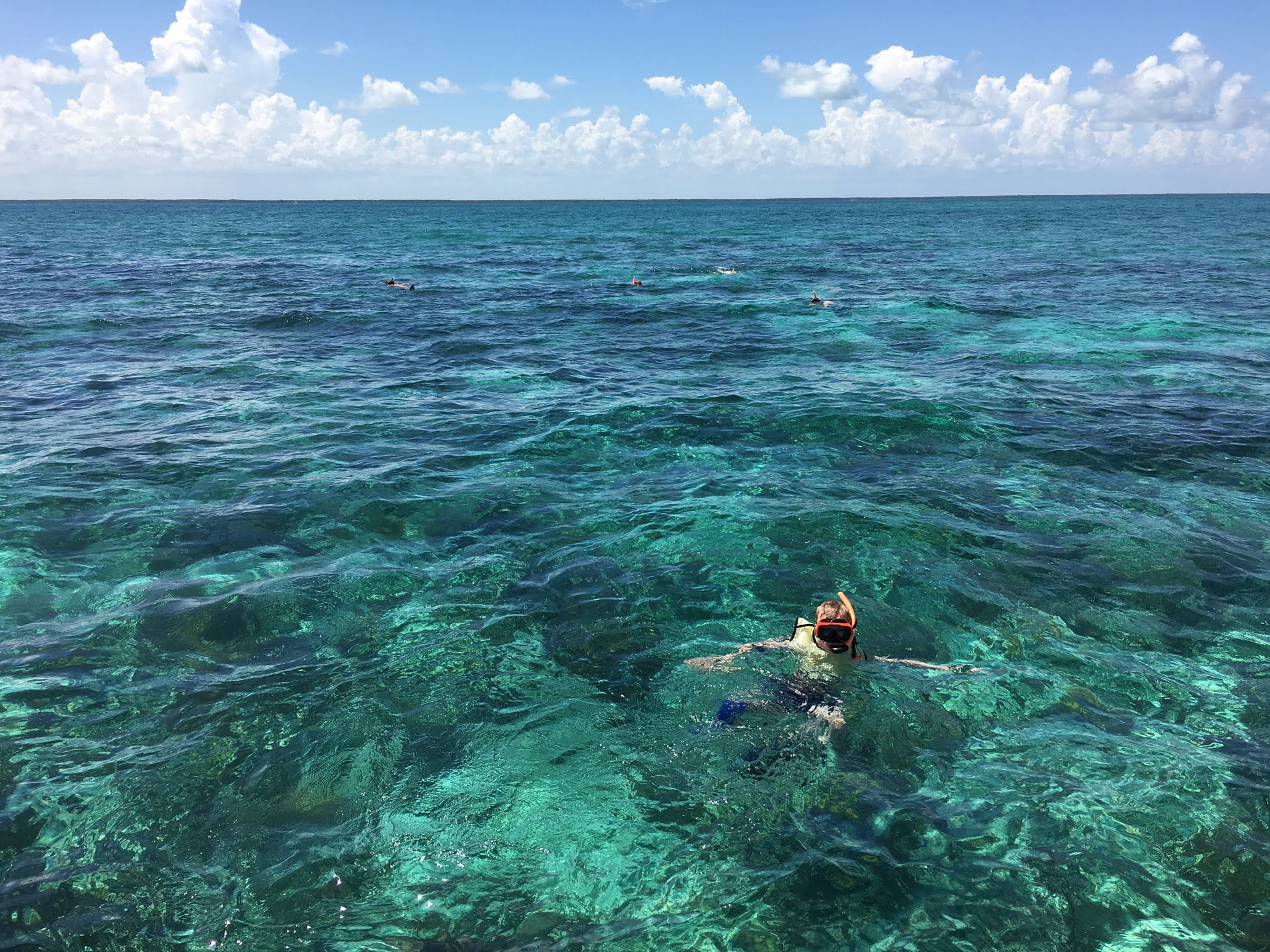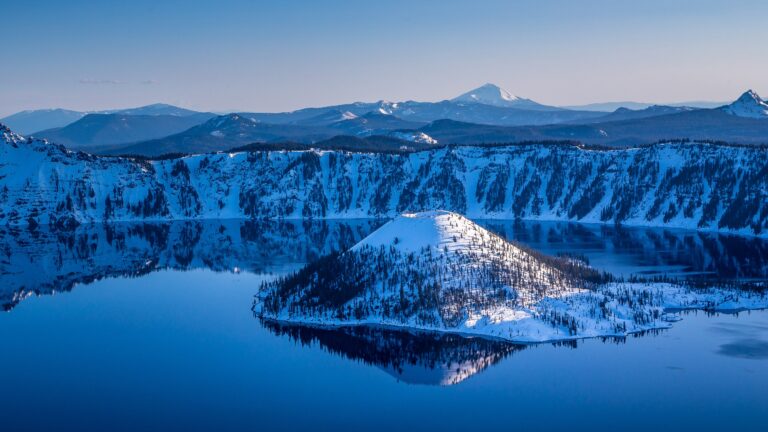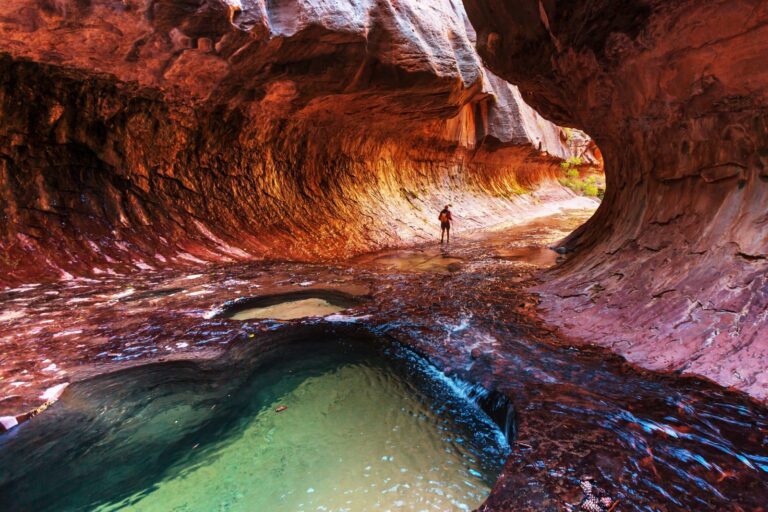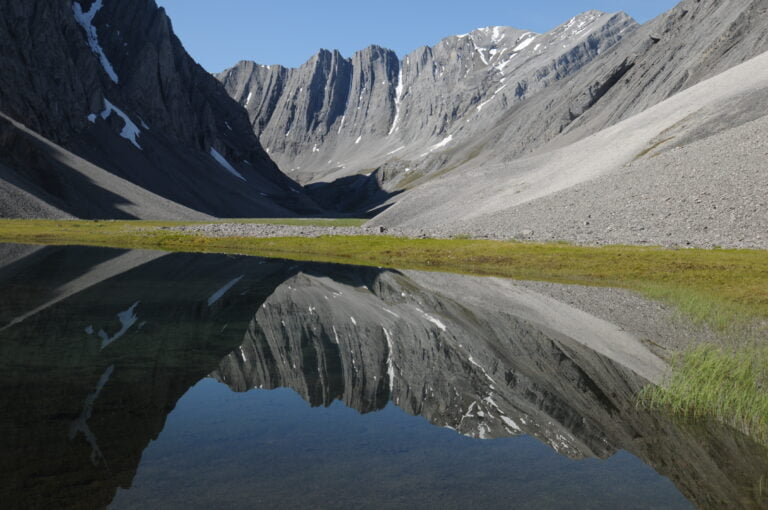Biscayne National Park
Biscayne National Park, established in 1980, is a unique haven encompassing 172,971 acres of diverse marine life and breathtaking landscapes. With an annual visitor count of 706,000, this park offers an exceptional experience for nature enthusiasts and adventurers alike. From firearm regulations to fishing rules, here’s everything you need to know before you embark on your Biscayne National Park adventure.
Firearm Regulations in Biscayne National Park
Federal law permits individuals who are authorized to carry firearms under federal, state, and municipal regulations to possess them within Biscayne National Park. However, a crucial requirement is having a valid Florida Concealed Carry Permit or a CCW from a state with reciprocity before entering the park. Remember that laws can change, so it’s advisable to regularly check Florida’s concealed carry page for the latest information.
It’s important to note that firearms are strictly prohibited in park facilities marked with signs at public entrances. Respecting these regulations ensures a safe and enjoyable experience for all visitors.
Fishing Opportunities in the Park
Fishing enthusiasts will find plenty to indulge in within Biscayne National Park. To fish here, you must possess a valid Florida fishing license, except for children under 16 years of age. Compliance with the regulations set by the Florida Fish and Wildlife Conservation Commission (FWC) is mandatory for all visitors engaging in fishing activities.
Keep in mind that specific permits or tags are required for activities like shore-based shark fishing, reef-fishing from private vessels, and targeting certain species such as snook, spiny lobster, or tarpon. The park’s regulations might be more stringent than those outside its boundaries, especially in terms of size and bag limits.
For those interested in lobstering, there are certain designated areas where lobster fishing is permitted, but restrictions apply. Lobsters caught legally can be transported through the sanctuary, provided no one from the boat enters the water while in the sanctuary zone.
A Glimpse of Biscayne’s Natural Beauty
Biscayne National Park is renowned for its diverse marine life and unique ecosystems. It serves as a sanctuary for various threatened and endangered species, including manatees, crocodiles, and sea turtles. This park comprises several islands and is bordered by lush mangrove woods. Notably, the Florida Reef within the park is the only live coral barrier reef in the United States and is one of the largest in the world.
Exploring this marine paradise is best done by boat, and the Dante Fascell Visitor Center is your starting point for land-based adventures. A short journey from Downtown Miami to Convoy Point in Homestead, this center offers valuable information from park rangers and engaging audio-visual presentations about the park’s diverse habitats.
The Ideal Time to Visit
For those planning a visit to Biscayne National Park, the prime time is between December and February. During these months, the weather is relatively mild, making it perfect for outdoor activities and exploration.
Visitor Information and Contact Details
As you plan your visit, here are some key details about Biscayne National Park’s visitor center:
Dante Fascell Visitor Center
- Address: 9700 SW 328th St, Homestead, FL 33033
- Phone Number: (305) 230-1144
- Hours of Operation: Daily 9:00 AM–5:00 PM
- Be sure to check for any seasonal closures before heading out.
Discover More with the America The Beautiful Annual Park Pass
If you’re a National Park enthusiast, consider the America The Beautiful Annual Park Pass. For a fee of $80, this pass grants you and your companions access to all U.S. National Parks. Additionally, discounted passes are available for seniors, military personnel, and more.
Explore the wonders of Biscayne National Park and other natural treasures across the country with this convenient pass, allowing you to experience the beauty of nature in its purest form.
Conclusion
Biscayne National Park invites you to immerse yourself in its diverse marine ecosystems, captivating landscapes, and unique recreational opportunities. As you plan your visit, ensure you’re well-informed about firearm regulations, fishing guidelines, and the park’s remarkable features. By respecting these regulations and embracing the natural wonders of the park, you’re guaranteed an unforgettable experience that connects you with the beauty of the great outdoors.
FAQs
1. Can I carry firearms in Biscayne National Park?
Yes, federal law allows individuals with valid permits to carry firearms, provided they abide by state and federal regulations. A Florida Concealed Carry Permit or a CCW from a reciprocal state is required.
2. Are there fishing regulations within the park?
Visitors must adhere to fishing regulations set by the Florida Fish and Wildlife Conservation Commission. Specific licenses and permits are necessary, and certain species have additional restrictions.
3. What is the best time to visit the park?
The optimal time to explore Biscayne National Park is between December and February when the weather is pleasant and suitable for outdoor activities.
4. How do I obtain the America The Beautiful Annual Park Pass?
The pass can be purchased for $80 and provides access to all U.S. National Parks. Discounted passes are available for various groups, including seniors and military personnel.
5. What is the significance of the Florida Reef in the park?
The Florida Reef is the only live coral barrier reef in the United States and is one of the largest reefs globally, showcasing the park’s unique marine biodiversity.
6. Where is Biscayne National Park?
Biscayne National Park is located in southern Florida, about 10 miles south of Miami and Key Biscayne. It includes Biscayne Bay, islands, and portions of coral reef.
7. How to get to Biscayne National Park?
Since it is almost entirely water-based park with no roads inside the park, the only way to access Biscayne National Park is by boat. Tour operators provide trips to the islands/reefs or visitors can bring or rent boats near the coast.
8. How to visit Biscayne National Park?
Visitors explore Biscayne National Park by snorkeling, scuba diving, kayaking, paddling, sailing, or booking boat tours which all provide opportunities to experience the bay, islands, mangrove forest, and reefs within the park boundaries.
9. Can you drive to Biscayne National Park?
No, there are no roads inside Biscayne National Park so you cannot directly drive to or within the national park. You have to reach islands/reefs in the park by boats departing from mainland areas near the coast.








